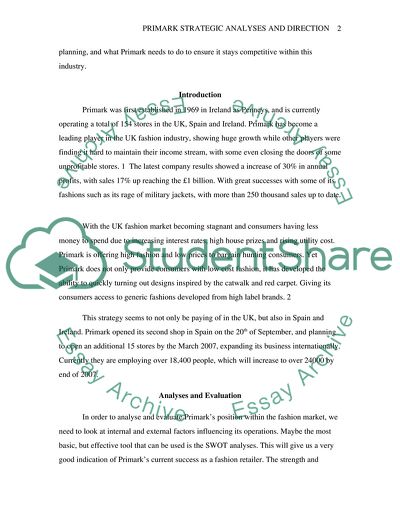Cite this document
(Primark Strategy and Future Strategies to Ensure Survival in Tough Mar Case Study, n.d.)
Primark Strategy and Future Strategies to Ensure Survival in Tough Mar Case Study. Retrieved from https://studentshare.org/marketing/1705387-in-an-increasingly-globalised-world-with-transforming-economies-shifting-demographics-fluctuating-consumer-preferences-and-dynamic-competition-it-is-not-a-qu
Primark Strategy and Future Strategies to Ensure Survival in Tough Mar Case Study. Retrieved from https://studentshare.org/marketing/1705387-in-an-increasingly-globalised-world-with-transforming-economies-shifting-demographics-fluctuating-consumer-preferences-and-dynamic-competition-it-is-not-a-qu
(Primark Strategy and Future Strategies to Ensure Survival in Tough Mar Case Study)
Primark Strategy and Future Strategies to Ensure Survival in Tough Mar Case Study. https://studentshare.org/marketing/1705387-in-an-increasingly-globalised-world-with-transforming-economies-shifting-demographics-fluctuating-consumer-preferences-and-dynamic-competition-it-is-not-a-qu.
Primark Strategy and Future Strategies to Ensure Survival in Tough Mar Case Study. https://studentshare.org/marketing/1705387-in-an-increasingly-globalised-world-with-transforming-economies-shifting-demographics-fluctuating-consumer-preferences-and-dynamic-competition-it-is-not-a-qu.
“Primark Strategy and Future Strategies to Ensure Survival in Tough Mar Case Study”. https://studentshare.org/marketing/1705387-in-an-increasingly-globalised-world-with-transforming-economies-shifting-demographics-fluctuating-consumer-preferences-and-dynamic-competition-it-is-not-a-qu.


